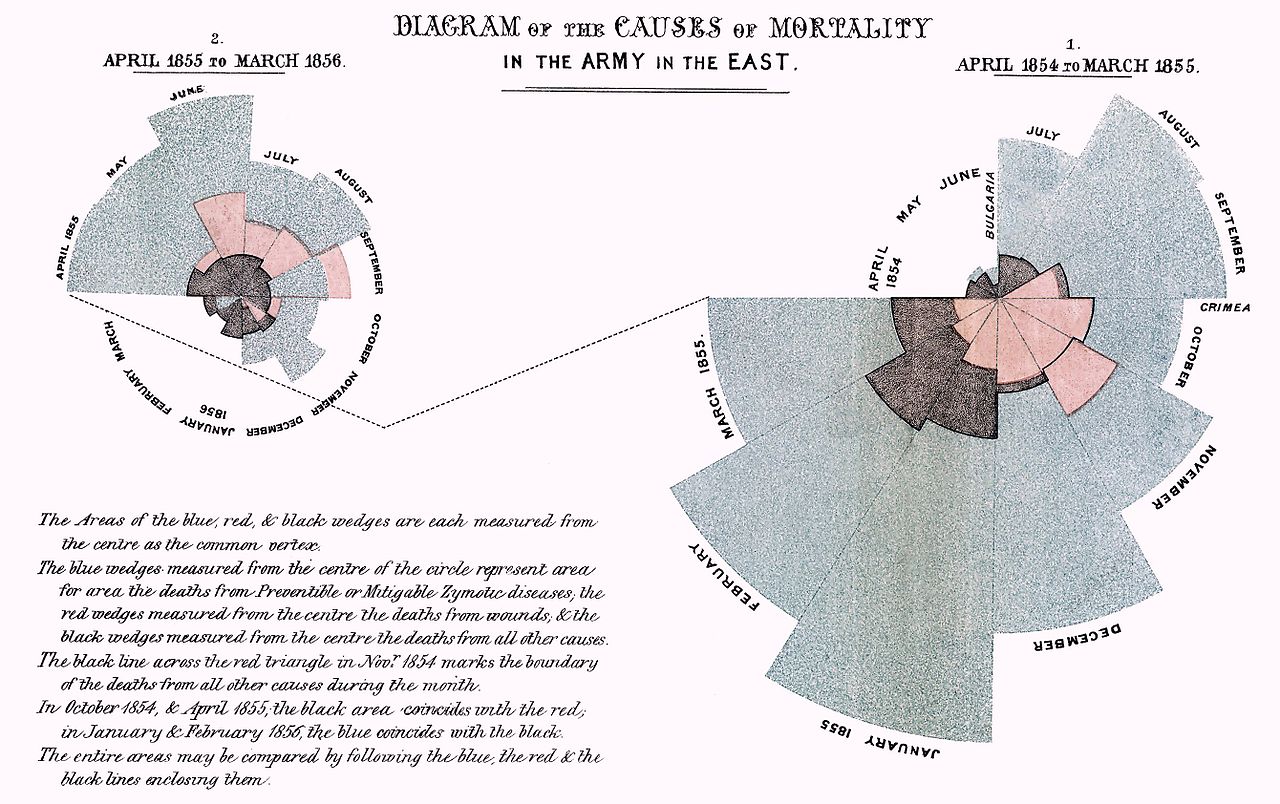A day to remember: Lady Mary Wortley Montagu
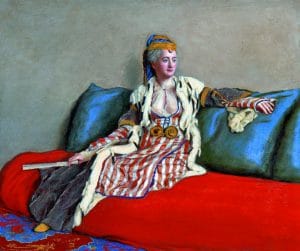
Lady Montagu in Turkish dress by Jean-Étienne Liotard, ca. 1756, Palace on the Water in Warsaw
It is 328 years ago today, that Lady Mary Wortley Montagu (born Mary Pierrepont) was baptized in London (Nottinghamshire) on 26 May 1689. She was an English aristocrat, letter writer and poet. Lady Mary is today chiefly remembered for her letters, particularly her letters from travels to the Ottoman Empire, as wife to the British ambassador to Turkey, which have been described by Billie Melman as "the very first example of a secular work by a woman about the Muslim Orient". Aside from her writing, Lady Mary is also known for introducing and advocating for smallpox inoculation to Britain after her return from Turkey. [1]
The Encyclopedia Brittanica describes her as colourful. The daughter of the 5th Earl of Kingston and Lady Mary Fielding (a cousin of the novelist Henry Fielding), she eloped with Edward Wortley Montagu, a Whig member of Parliament, rather than accept a marriage that had been arranged by her father. In 1714 the Whigs came to power, and Edward Wortley Montagu was in 1716 appointed ambassador to Turkey, taking up residence with his wife in Constantinople (now Istanbul). After his recall in 1718, they bought a house in Twickenham, west of London. For reasons not wholly clear, Lady Mary’s relationship with her husband was by this time merely formal and impersonal. [2]
Life in Turkey
In 1716, Edward Wortley Montagu was appointed Ambassador at Istanbul. In August 1716, Lady Mary accompanied him to Vienna, and thence to Adrianople and Istanbul. He was recalled in 1717, but they remained at Istanbul until 1718. While away from England, the Wortley Montagu's had a daughter on 19 January 1718, who would grow up to be Mary, Countess of Bute. After an unsuccessful delegation between Austria and Turkey/Ottoman Empire, they set sail for England via the Mediterranean, and reached London on 2 October 1718.
The story of this voyage and of her observations of Eastern life is told in Letters from Turkey, a series of lively letters full of graphic descriptions; Letters is often credited as being an inspiration for subsequent female travellers/writers, as well as for much Orientalist art. During her visit she was sincerely charmed by the beauty and hospitality of the Ottoman women she encountered, and she recorded her experiences in a Turkish bath. She also recorded a particularly amusing incident in which a group of Turkish women at a bath in Sofia, horrified by the sight of the stays she was wearing, exclaimed that
"the husbands in England were much worse than in the East, for [they] tied up their wives in little boxes, the shape of their bodies".
Lady Mary wrote about misconceptions previous travellers, specifically male travellers, had recorded about the religion, traditions and the treatment of women in the Ottoman Empire. Her gender and class status provided her with access to female spaces, that were closed off to males. Her personal interactions with Ottoman women enabled her to provide, in her view, a more accurate account of Turkish women, their dress, habits, traditions, limitations and liberties, at times irrefutably more a critique of the Occident than a praise of the Orient.
Lady Mary returned to the West with knowledge of the Ottoman practice of inoculation against smallpox, known as variolation.
Immigrating the concept of variolation
Lady Mary Wortley Montagu defied convention most memorably by introducing smallpox inoculation to Western medicine after witnessing it during her travels and stay in the Ottoman Empire. In the Ottoman Empire, she visited the women in their segregated zenanas, making friends and learning about Turkish customs. There she witnessed the practice of inoculation against smallpox—variolation—which she called engrafting, and wrote home about it a number of her letters, the most famous being her 1 April 1 1717 "Letter to a Friend". Variolation used live smallpox virus in the pus taken from a smallpox blister in a mild case of the disease and introduced it into scratched skin of a previously uninfected person to promote immunity to the disease. Lady Mary's brother had died of smallpox in 1713 and her own famous beauty had been marred by a bout with the disease in 1715.
Lady Mary was eager to spare her children, thus, in March 1718 she had her nearly five-year-old son, Edward, inoculated with the help of Embassy surgeon Charles Maitland. On her return to London, she enthusiastically promoted the procedure, but encountered a great deal of resistance from the medical establishment, because it was an Oriental folk treatment process.
In April 1721, when a smallpox epidemic struck England, she had her daughter inoculated by Maitland, the same physician who had inoculated her son at the Embassy in Turkey, and publicised the event. This was the first such operation done in Britain. She persuaded Princess Caroline to test the treatment. In August 1721, seven prisoners at Newgate Prison awaiting execution were offered the chance to undergo variolation instead of execution: they all survived and were released. [3] Controversy over smallpox inoculation intensified, however, Caroline, Princess of Wales was convinced. The Princess's two daughters were successfully inoculated in April 1722 by French-born surgeon Claudiius Amyand. In response to the general fear of inoculation, Lady Mary, under a pseudonym, wrote and published an article describing and advocating in favor of inoculation in September 1722.
In later years, Edward Jenner, who was 13 years old when Lady Mary died, developed the much safer technique of vaccination using cowpox instead of smallpox. As vaccination gained acceptance, variolation gradually fell out of favour.
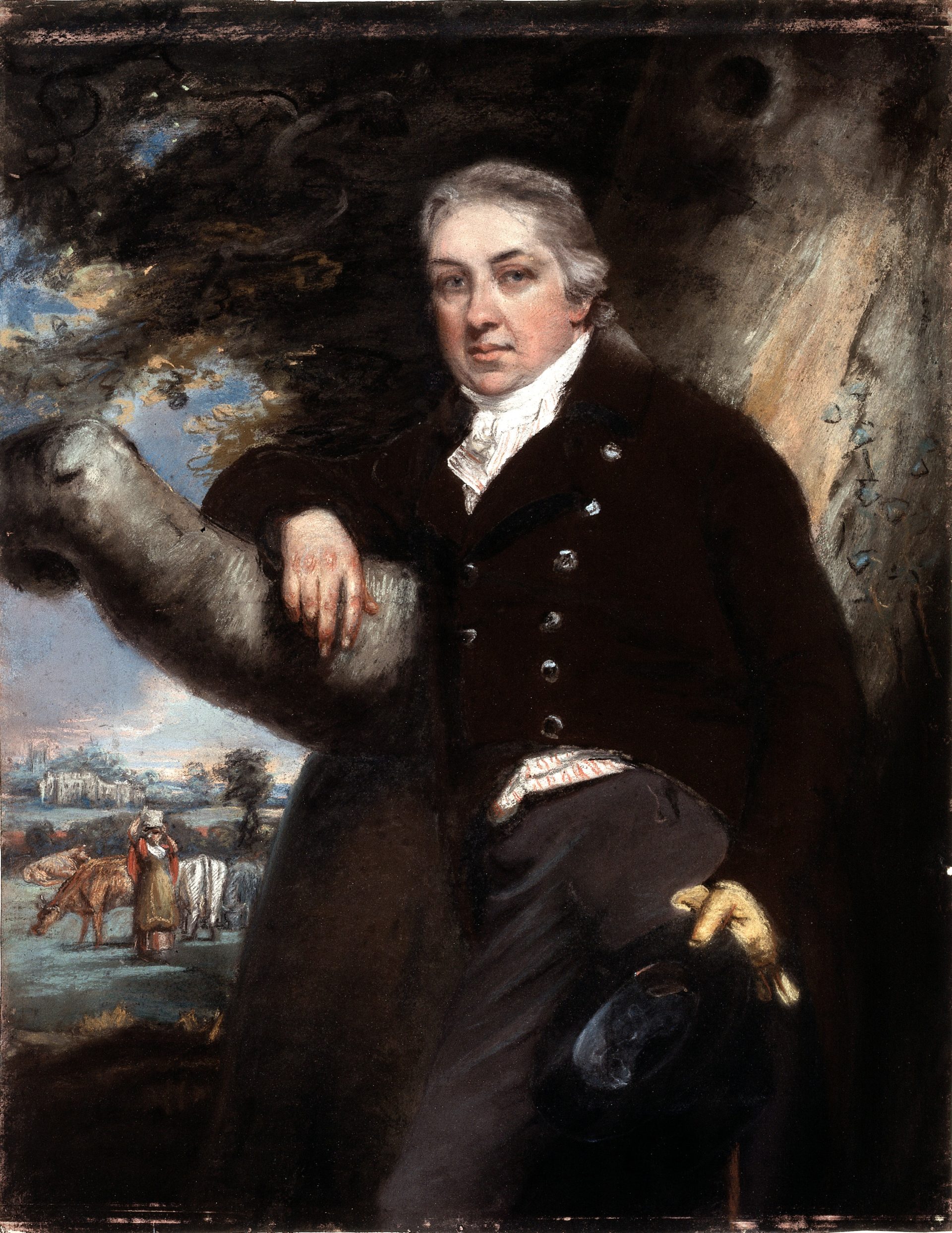
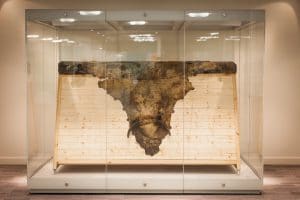

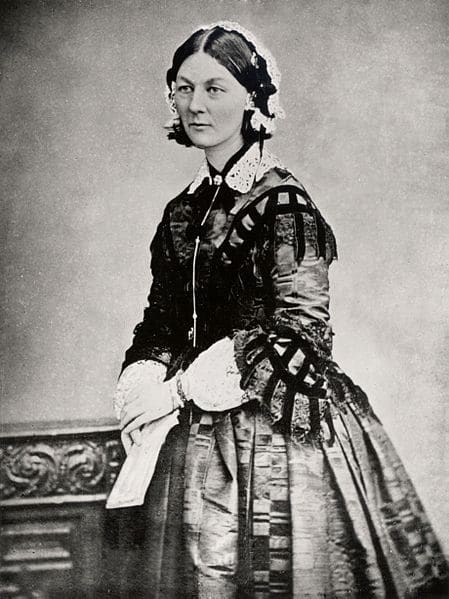 Florence Nightingale, (12 May 1820 – 13 August 1910) was an English social reformer and statistician, and the founder of modern nursing.
Florence Nightingale, (12 May 1820 – 13 August 1910) was an English social reformer and statistician, and the founder of modern nursing.